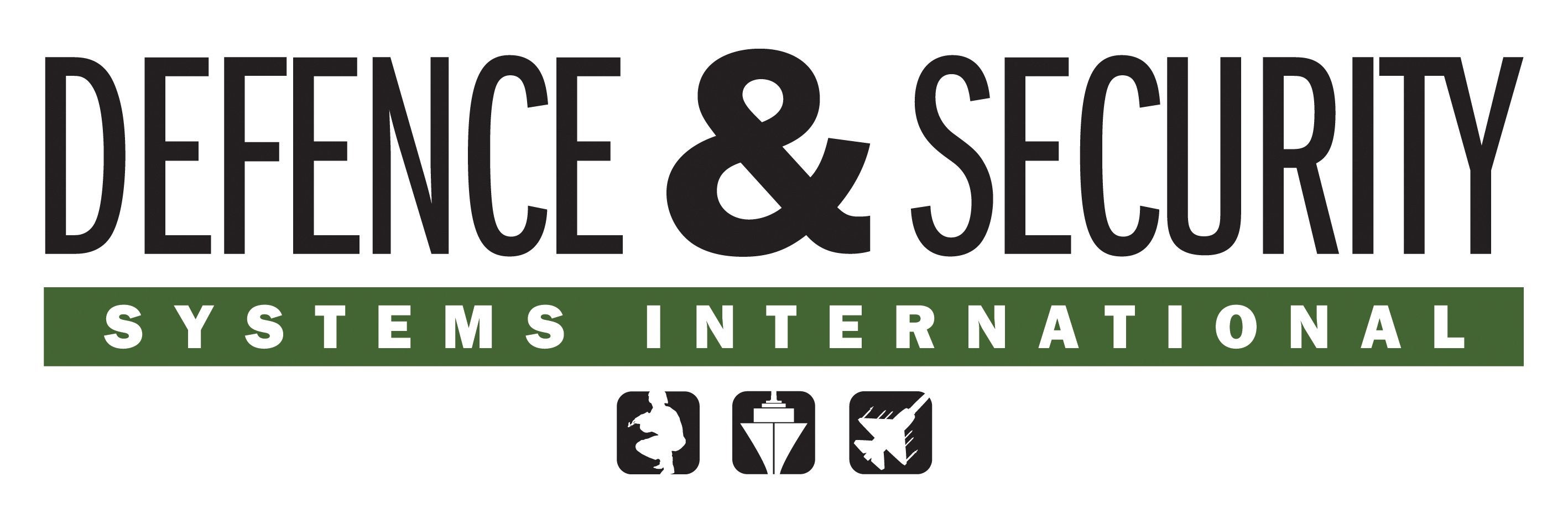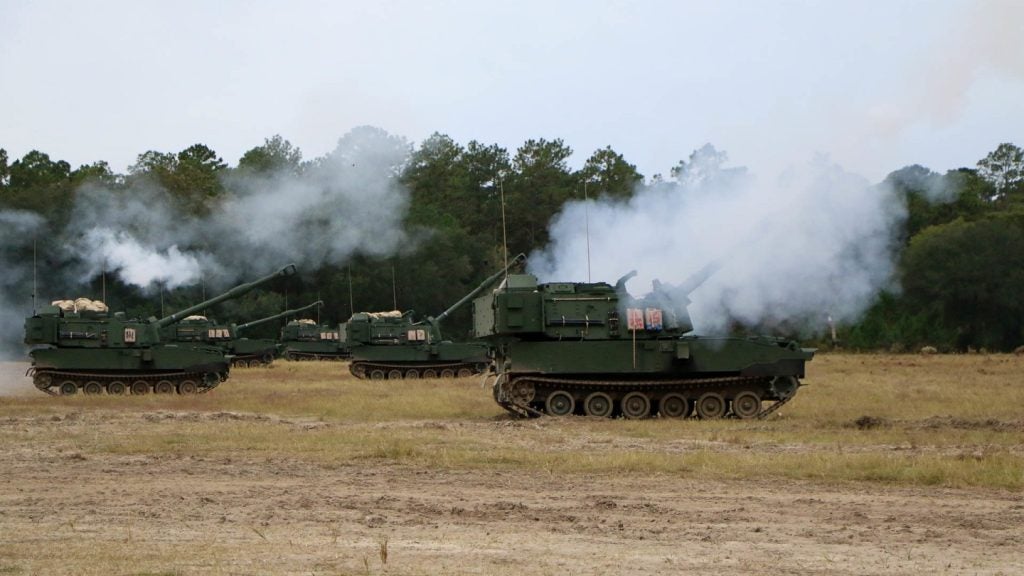
Global spending on C2/C4ISR systems is expected to remain robust up until 2021, primarily due to the increased importance of C2/C4ISR systems in modern or fourth-generation warfare.
Modern conflicts include a mix of physical combat, mental and tactical elements, where the enemy could be a nation or a faction of society such as a terrorist group. In such situations, C2/C4ISR systems are considered by most nations to be the most important tools for victory.
The market, which consists of land, space, naval and airborne systems, is set to rise from $16.2bn in 2011 to $21.8bn by 2021, increasing at a compound annual growth rate of 2.98%. This is primarily because key markets, such as the US, are expected to prioritise spending on C2/C4ISR systems; an element of defence spending that was not given much importance until the Afghan and Iraqi conflicts.
Land-based systems are likely to account for the majority of the global C2/C4ISR market, followed by airborne, naval and space systems. Over the forecast period, cumulative global expenditure on C2/C4ISR systems should reach a value of $209.1bn.
North America takes largest market share
Despite the high fiscal deficits of North American countries, this region is expected to account for the largest share of the C2/C4ISR market over the forecast period, accounting for a 51.9% share.
See Also:
In Asia, strong economic growth, territorial disputes, domestic unrest and modernisation programmes will create a significant demand for C2/C4ISR systems and could comprise a 20.3% share of the total market.
How well do you really know your competitors?
Access the most comprehensive Company Profiles on the market, powered by GlobalData. Save hours of research. Gain competitive edge.

Thank you!
Your download email will arrive shortly
Not ready to buy yet? Download a free sample
We are confident about the unique quality of our Company Profiles. However, we want you to make the most beneficial decision for your business, so we offer a free sample that you can download by submitting the below form
By GlobalDataEurope has borne the main brunt of the global financial crisis, with many of its countries currently facing deep fiscal deficits and military expenditure on systems such as naval surface combatants and missile defence systems consequently decreasing. The region, however, is expected to record an increase in C2/C4ISR spending, accounting for 17.8% of the total market by 2021.
South American countries are also projected to invest in C2/C4ISR systems over the forecast period, with countries such as Brazil, Chile, Venezuela and Colombia locked in an arms race to establish military supremacy in the region. Latin America’s strident modernisation strategies are likely to see it top the tables in terms of C2/C4ISR growth, with a CAGR of 9.67%, claiming 6.4% of the total market.
Demand in Africa is set to increase only marginally, with the region representing only 1.1% of the total market size.
Land, sea and air
Together, land, airborne and naval systems will account for the largest share of the total C2/C4ISR market over the forecast period: land-based systems will claim 48.9%, airborne systems 24.6% and naval systems 14.1%.
The demand for land, airborne and naval systems is expected to increase, as key spenders such as Brazil, China, India, the UK and the US launch new procurement programmes. Countries facing conventional threats, such as territorial disputes and hostile neighbours, will also drive the demand for such systems. The wars in Iraq and Afghanistan highlighted the importance of C2/C4ISR systems in modern warfare and as a result many countries are now focusing on developing their capabilities.
Western austerity encourages consolidation
Global defence cuts, combined with a substantial increase in the cost of developing technologically superior weapons platforms, have encouraged collaboration between governments, services and industries. This has led to in-country and cross-border consolidation, and an increase in joint development and procurement programmes, which are expected to continue over the next ten years.
The US and Canada are the largest defence spenders in North America and it is forecast that land, airborne and naval systems will dominate the C2/C4ISR market in the region.
The top markets in Europe are expected to be France, Russia and the UK, while China, India and South Korea will be the leading markets in Asia, as these countries face threats such as territorial disputes, domestic unrest and a regional arms race.
Among Latin American countries, Brazil is expected to dominate C2/C4ISR spending by procuring destroyers, frigates and amphibious ships. Middle Eastern procurement, represented by Israel, Saudi Arabia and the UAE is expected to centre on land and space systems due to the looming threat of regional disputes and terrorism.
This article was first published in our sister publication Defence & Security Systems International.








